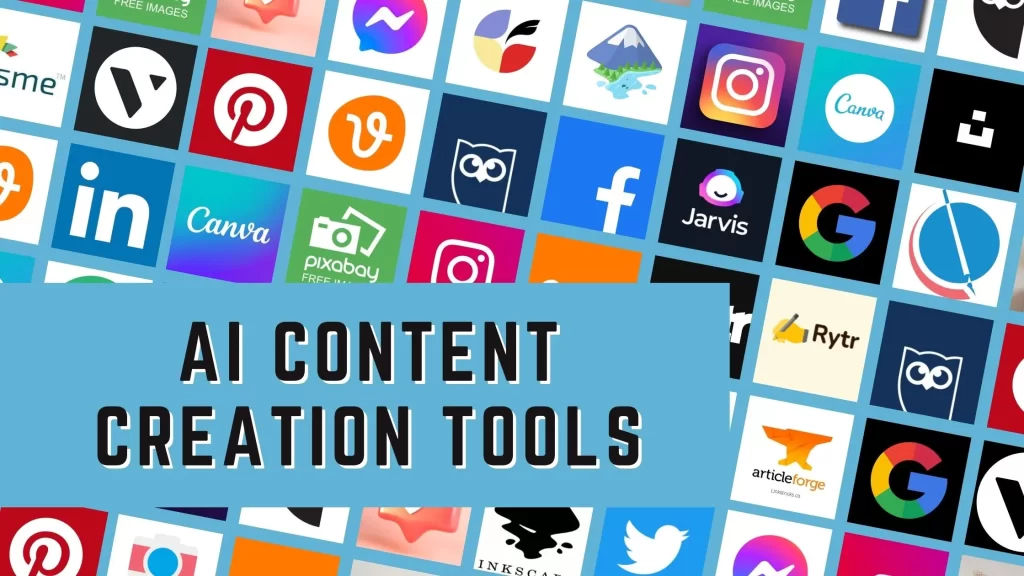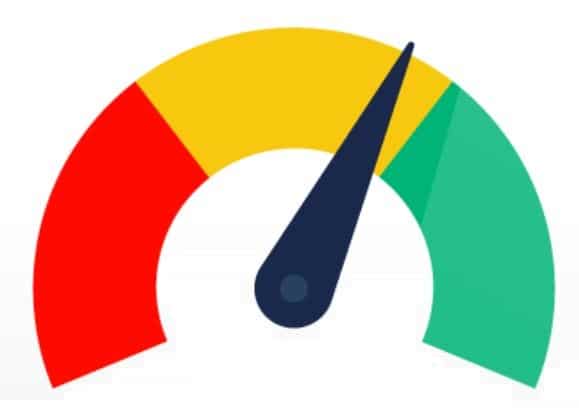To start with, it is important to understand how the AI content generators function. Based on an engineered language model that examines a colossal collection of publicly available data (ex. Wikipedia, the Internet Archive, WordPress, New York Times, GitHub, Reddit… etc.), the AI writer discovers the probability for one word to succeed another word based on the likelihood of words appearing in a given sequence. It mimics word usage in the way that the reader expect; outputs content that contain keywords but lacks factual accuracy and does not make sense to the reader. Therefore, from a human perspective, AI generated content, without human edits, does not serve users.
AI Content and SEO performance
Google’s search Advocate, @John Muller, stated that content generated automatically using AI writing tools is against Google’s Webmaster Guidelines. The content written by AI falls under the category of auto-generated content, which could lead to a manual penalty, more on Search Engine Journal’s post.
Although, that Google’s infrastructure may lack the ability to detect AI generated content without the assistance of human reviewers, If the Google’s web spam team happens to find it, they’re authorized to take action on it.
The helpful content and spam update that Google recently launched this year might be the beginning of its efforts to battle auto generated content. Many site owners have indicated that their sites with “AI content” were hit, if not sustained losses, in the spam update.
Here is what Barry Schwartz stated on Twitter on this.
This scraper site got hit hard by the Google spam update – it took Google’s PAA results and auto-generated 10,000 or so pieces of content https://t.co/C8btY7V5P0 via @thetafferboy pic.twitter.com/lu2mQkhgXq
— Barry Schwartz (@rustybrick) October 31, 2022
John Doe
Tweet
Content generation tools and sustainability
AI content tools have environmental and social expense for the high carbon emissions they generate and the cost of training the machines entails. The tools do not filter away the inherent data’s problematic elements, biases, hate speech…etc., which can have even more consequences in counties that experience heightened levels of racism, other forms of social inequalities and issues.
Practical Uses of AI content generation tools
Using AI writing tools can be practical and there are many respected organizations that use them part of their content creation process. Using AI can help content creators overcome language and literacy barriers, improve the quality of their writing, and more.
Here are a few examples of good practical uses of AI content:
1. Brainstorm content ideas; the tools spin and display various content briefs and keyword driven topics for brainstormers. This is specially useful for content marketers.
2. Generate short form texts for ad copy, metadata, video descriptions, social media content, inspirations for product descriptions.
3. Create short summaries for long articles and introductory texts. Using AI to create blog posts or long form content is a bad practice. Actually, the longer the copy, the weaker it gets. Using it to produce short form texts, with human edits, can be useful.
4. Using translation machines to create an initial translated version of a website or a webpage, that can be edited afterwards.
5. Image Generation – Artificial intelligence tools can generate images from prompts, therefore provide the opportunity to move away from using stock images and build more custom brand designed content.
To conclude, use content AI tools if needed for your content production, just be careful how you use them. It is important to edit before you do anything with your generated content and reflect the voice of your brand; your local language/ idioms; known organizations, establishments… Etc, social norms, and other elements.
More on this on this piece about AI content.
Need help with content creation and optimization? Get in touch.









